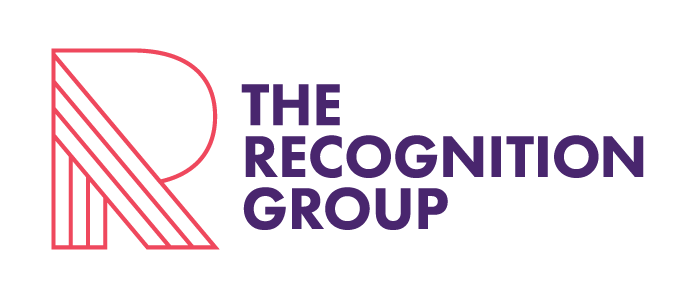Why the art of writing isn’t dying anytime soon
Strong, clear communication has never been more important for companies looking to stand out from the crowd. In our increasingly digital world of infographics, gifs and video content, the value placed on writing is fading. While news outlets like Buzzfeed and Daily Mail continue to saturate our newsfeed with meaningless but compelling stories, less acknowledgement is given to good writing.
But quality writing isn’t going away anytime soon; it’s evolving. Everyone is pressed for time so the need for concise, clear writing has never been more crucial. The ability to translate complex information into a compelling narrative is a highly valuable skill, as concepts can get lost if they’re not communicated clearly.
To be successful in any business, good written communication skills are essential. Everyone in business from programmers who dream in code, to finance kings who nestle their heads in numbers, needs to write intelligently.
Today’s interconnected digital world means that we often need to interact with people from different countries, backgrounds and industries. Most of your communication with these people likely comes via written platforms such as email or Word documents. Tone, grammar, audience and jargon are all key points to consider when drafting any type of written communication.
The written word is very easily misinterpreted because it doesn’t carry the non-verbal cues as to tone and intent. To ensure your message is understood, simple, clear, precise language, along with a few other basic writing rules are all you need.
Understand your audience
Businesses looking to stand out from the crowd can achieve this by offering content that resonates with their audiences. Audience should therefore be top of mind when determining the appropriate language, style and tone. Many people can compose a strong email, but this is not synonymous with writing a media release, whitepaper or even a blog. Adapt your writing style to the appropriate format, while also connecting with your intended audience through appropriate tone and language.
Industry or culturally specific language including jargon and acronyms can potentially alienate your audience in some cases, and bring them closer in others. It’s important to gauge this based on your readers. If you’re not sure, the best rule of thumb is to ensure your text makes sense universally; your audience isn’t going to engage if they get lost and has to Google terminology. Avoid jargon and spell out acronyms the first time you use them to universalise your content and appeal to a broader audience.
Don’t waste time, write concisely
The strength of a first paragraph, even your first sentence, determines whether someone will continue reading. Give them everything they want to know, including the ‘five Ws’: who; what; when; where; and why.
Once you’ve answered these details, progress to a clear, explanatory second paragraph, which answers the ‘two Hs’: how; and how much. This describes how your company’s product or service can help in their context, how it works, and how much money, time, and effort might be involved. Anticipate every question they will have. If the big picture is understood within the first two paragraphs, then they will be more likely to engage with the rest of your piece.
Beyond this, avoid unnecessary detail and description. Where possible, include supporting quotes from customers, clients, or industry analysts who can add credibility to your point. No matter who you are writing for, they are pressed for time. Don’t waste your words on unrelated ideas that don’t emphasise your opinion. Always keep it short and concise.
As Blaise Pascal famously wrote: “Je n’ai fait celle-ci plus longue que parce que je n’ai pas eu le loisir de la faire plus courte”, meaning “I didn’t have time to write a short letter so I wrote a long one instead”.
If you’d like to improve the copywriting in your organisation, our professional writers can create a range of content from blogs, websites and social media posts to brochures, whitepapers and eBooks. Get in touch today.
